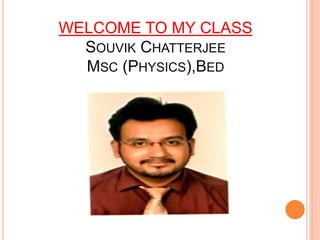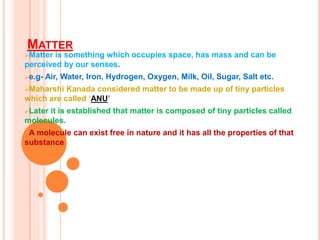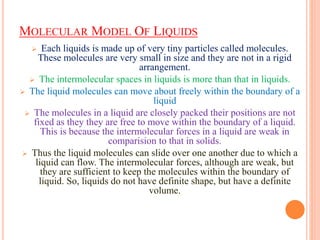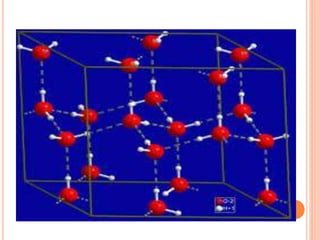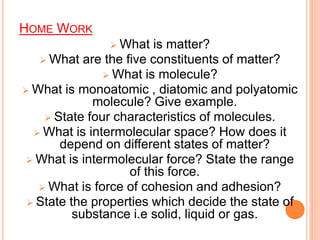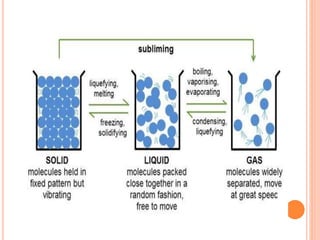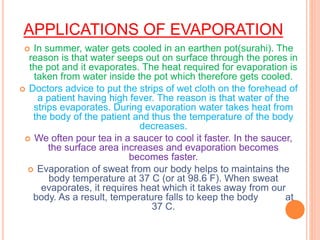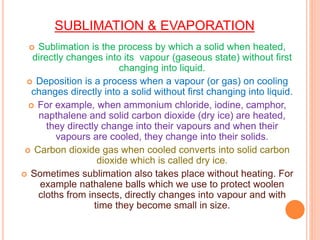This document provides an overview of the basic concepts of matter, including the kinetic theory, the states of matter (solid, liquid, gas), and the characteristics and behavior of molecules in each state. It explains intermolecular forces, changes of state, and the processes of evaporation, boiling, and sublimation, emphasizing their definitions, examples, and the factors affecting these processes. Additionally, it includes homework questions to reinforce understanding of the material presented.
